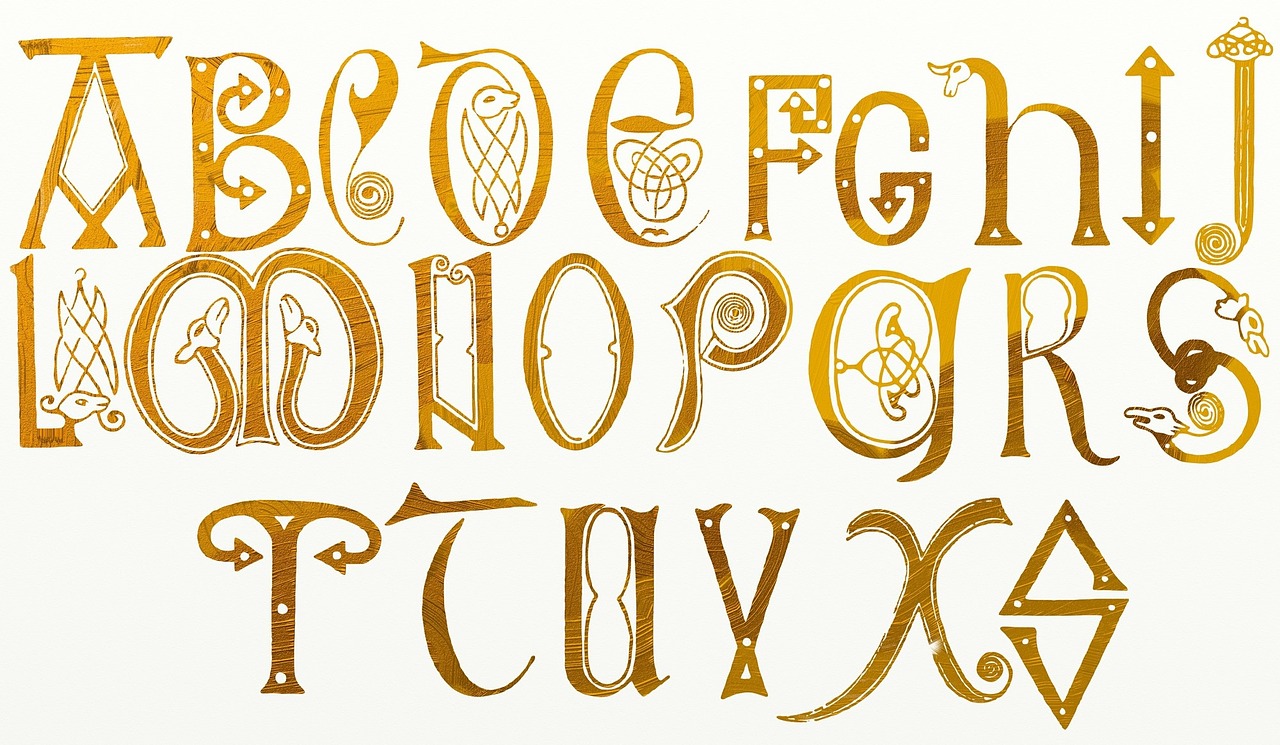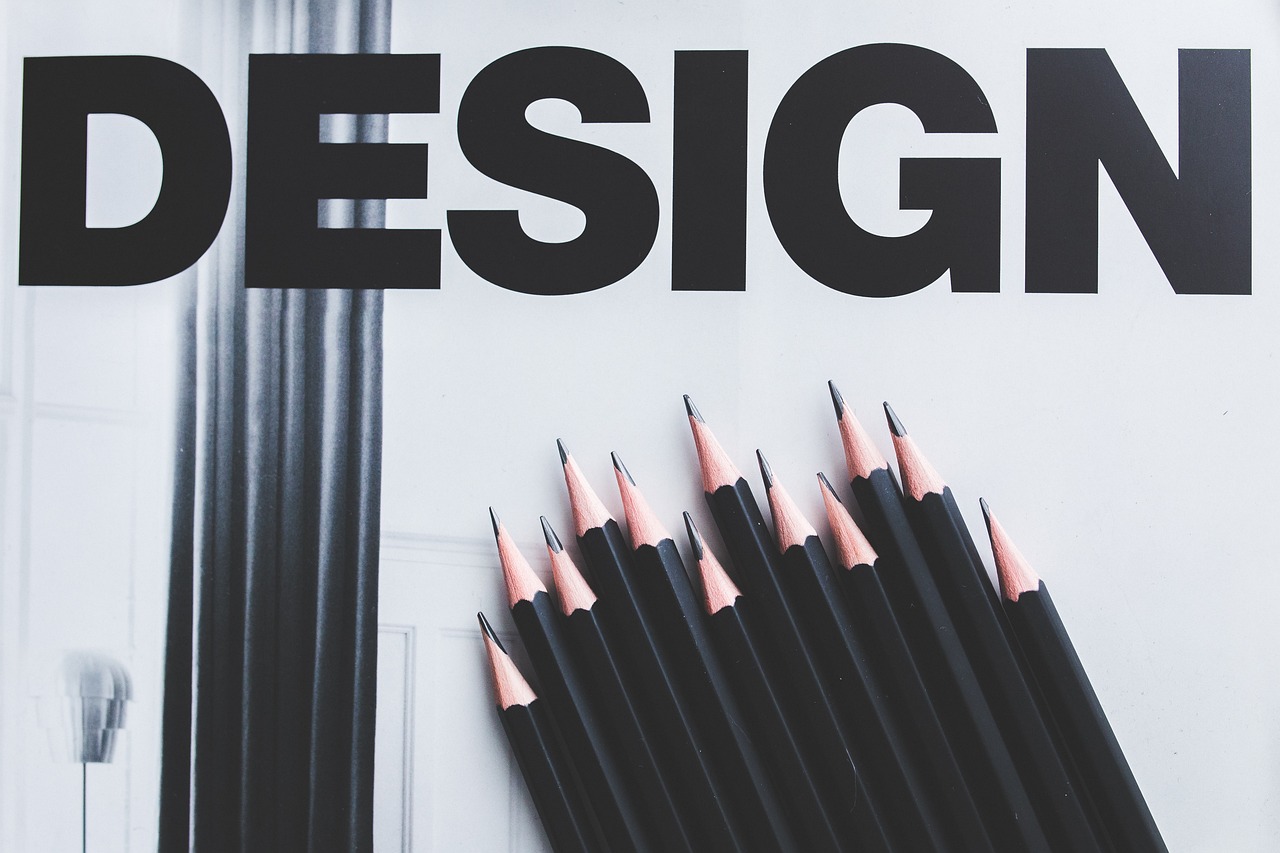Typography plays a crucial role in user experience (UX) design, serving as a powerful tool that enhances both visual aesthetics and usability. It significantly influences how users perceive, read, and engage with digital platforms. By carefully selecting and implementing typography, designers can create more effective and engaging user experiences that leave a lasting impression.
Understanding Typography in UX Design
Typography in UX design encompasses the art and science of arranging type to make written language legible, readable, and visually appealing when displayed. It goes beyond mere font selection, involving a complex interplay of various elements that work together to create a cohesive visual language.
The Art and Science of Typography
Typography in UX design is a delicate balance between artistic expression and scientific principles. This dual nature allows designers to create visually striking interfaces while ensuring optimal functionality and user-friendliness.
| Artistic Aspects | Scientific Aspects |
|---|---|
| Font style and personality | Readability and legibility |
| Emotional tone conveyed | Optimal character spacing |
| Visual harmony with design elements | Line length for comfortable reading |
| Creative use of negative space | Contrast for improved visibility |
| Typographic hierarchy for emphasis | Font size for various screen sizes |
Key Elements of Typography in UX
To effectively implement typography in UX design, it’s essential to understand its key elements:
- Typeface: The design of a set of characters (letters, numbers, and symbols)
- Font: A specific weight, width, and style of a typeface
- Font size: The measurement of character height, typically in pixels or points
- Line height: The vertical space between lines of text
- Letter spacing: The horizontal space between individual characters
- Line length: The width of a block of text, measured in characters per line
- Alignment: The positioning of text in relation to margins (left, right, center, or justified)
- Color: The hue and contrast of text against its background
- Hierarchy: The organization of type to show levels of importance
The Impact of Typography on User Engagement

Typography significantly influences how users interact with and perceive digital content. Well-implemented typography can enhance user engagement, improve comprehension, and create a more enjoyable user experience.
Readability and Legibility
Readability refers to how easily users can read and understand text, while legibility is about how easily individual characters can be distinguished from one another.
| Good Typography Practices | Bad Typography Practices |
|---|---|
| Adequate font size (16px minimum for body text) | Tiny font sizes that strain the eyes |
| Sufficient line height (1.5 times the font size) | Cramped line spacing that hinders readability |
| High contrast between text and background | Low contrast that makes text difficult to read |
| Proper use of white space | Cluttered layouts with insufficient spacing |
| Consistent alignment | Inconsistent or haphazard text alignment |
Visual Hierarchy and Information Flow
Typography helps establish a visual hierarchy that guides users through content, making it easier to scan and comprehend information quickly. Here’s how different typographic elements contribute to creating a clear hierarchy:
- Headings: Larger font sizes and bolder weights for main topics
- Subheadings: Slightly smaller than headings but larger than body text
- Body text: Consistent size and style for the main content
- Pull quotes: Larger font size or different style to highlight key points
- Captions: Smaller font size for supplementary information
- Links: Distinct color or underline to indicate clickable text
Typography and Brand Identity
Typography is a powerful tool for reinforcing a brand’s message and identity across digital platforms. Consistent and thoughtful use of typography can significantly enhance brand recognition and user trust.
Consistency Across Platforms
Maintaining consistent typography across different devices and media is crucial for brand recognition. Here are some best practices for achieving typographic consistency:
- Develop a comprehensive typography style guide
- Use web-safe fonts or implement proper font fallbacks
- Ensure consistent font sizes and line heights across devices
- Maintain a consistent color palette for text elements
- Use responsive typography techniques to adapt to different screen sizes
Choosing the Right Typeface for Your Brand
Selecting a typeface that aligns with your brand’s personality is crucial. Consider the following factors when choosing a typeface:
- Brand personality: Is your brand modern or traditional, serious or playful?
- Readability: Ensure the typeface is legible across various sizes and devices
- Versatility: Choose a typeface family with multiple weights and styles
- Cultural considerations: Consider how the typeface may be perceived in different cultures
- Technical limitations: Ensure the chosen typeface is supported across platforms
Examples of distinctive brand typography:
- Apple: San Francisco – Clean, modern, and highly legible
- Coca-Cola: Spencerian Script – Iconic, classic, and instantly recognizable
- Google: Product Sans – Friendly, approachable, and tech-oriented
- New York Times: Times New Roman – Traditional, authoritative, and timeless
Best Practices for Implementing Typography in UX Design

To enhance typography in UX design projects, consider the following best practices:
Conducting User Testing for Typography
User testing is crucial for validating typography choices. Follow these steps to set up effective typography tests:
- Define clear objectives (e.g., readability, brand perception)
- Create multiple typography variations to test
- Develop task scenarios that involve reading and interacting with text
- Recruit a diverse group of participants
- Use both quantitative (e.g., time on task) and qualitative (e.g., user feedback) metrics
- Analyze results and iterate on designs based on findings
Responsive Typography Design
Responsive typography ensures optimal reading experiences across various devices and screen sizes. Compare fixed and responsive typography approaches:
| Fixed Typography | Responsive Typography |
|---|---|
| Static font sizes | Font sizes that adapt to screen width |
| Consistent line lengths | Flexible line lengths based on device |
| Fixed line heights | Proportional line heights |
| Static margins and padding | Scalable spacing |
| Limited to specific breakpoints | Fluid transitions between sizes |
Common Typography Mistakes to Avoid
- Using too many fonts (stick to 2-3 maximum)
- Neglecting readability in favor of aesthetics
- Poor contrast between text and background
- Inconsistent alignment and spacing
- Overusing all caps or italics
- Ignoring mobile responsiveness
- Failing to establish a clear typographic hierarchy
- Choosing trendy fonts over legible ones
Tools and Resources for Typography in UX Design
Enhance your typography skills with these tools and resources:
Typography Tools and Plugins
- Adobe Fonts: Extensive library of high-quality fonts for web and print
- Google Fonts: Free, open-source font library with easy integration
- Typekit: Cloud-based font library with seamless Adobe Creative Cloud integration
- WhatFont: Browser extension for identifying fonts on websites
- Fontjoy: AI-powered font pairing generator
- Type Scale: Tool for creating harmonious type scales
Learning Resources and Inspiration
- Medium: Articles and tutorials on typography best practices
- Behance: Showcase of typography-focused design projects
- Dribbble: Inspiration gallery for typography in digital design
- TypeWolf: Daily typography inspiration and resources
- Practical Typography: Comprehensive online book on typography principles
- I Love Typography: Blog dedicated to the art and science of typography
Typography is a fundamental aspect of UX design that significantly impacts user engagement, brand perception, and overall usability. By understanding its principles, implementing best practices, and continuously refining their skills, designers can create more effective and engaging digital experiences. Remember to experiment with different typographic choices, conduct user testing, and stay updated on the latest trends and techniques to elevate your UX design projects.